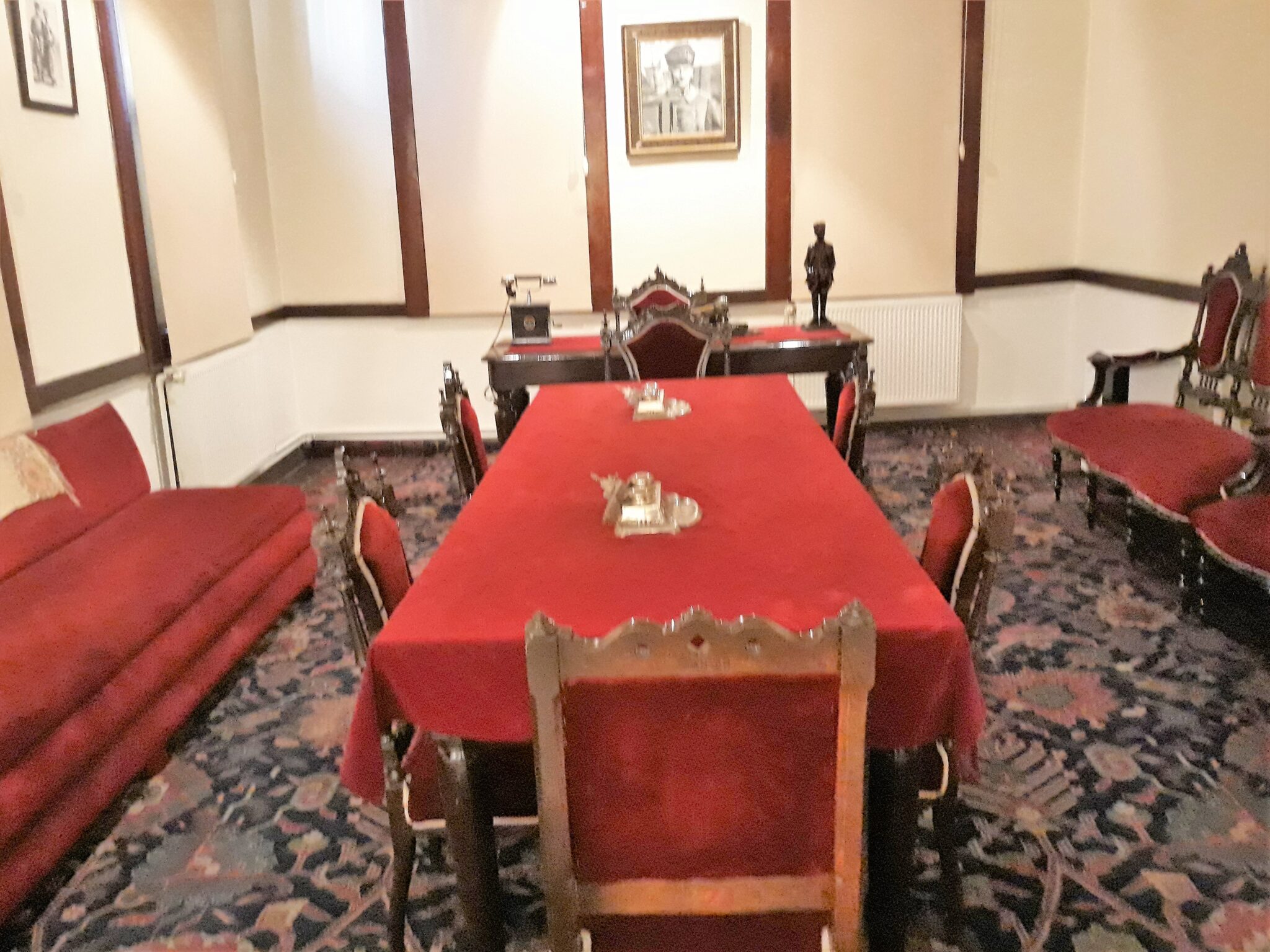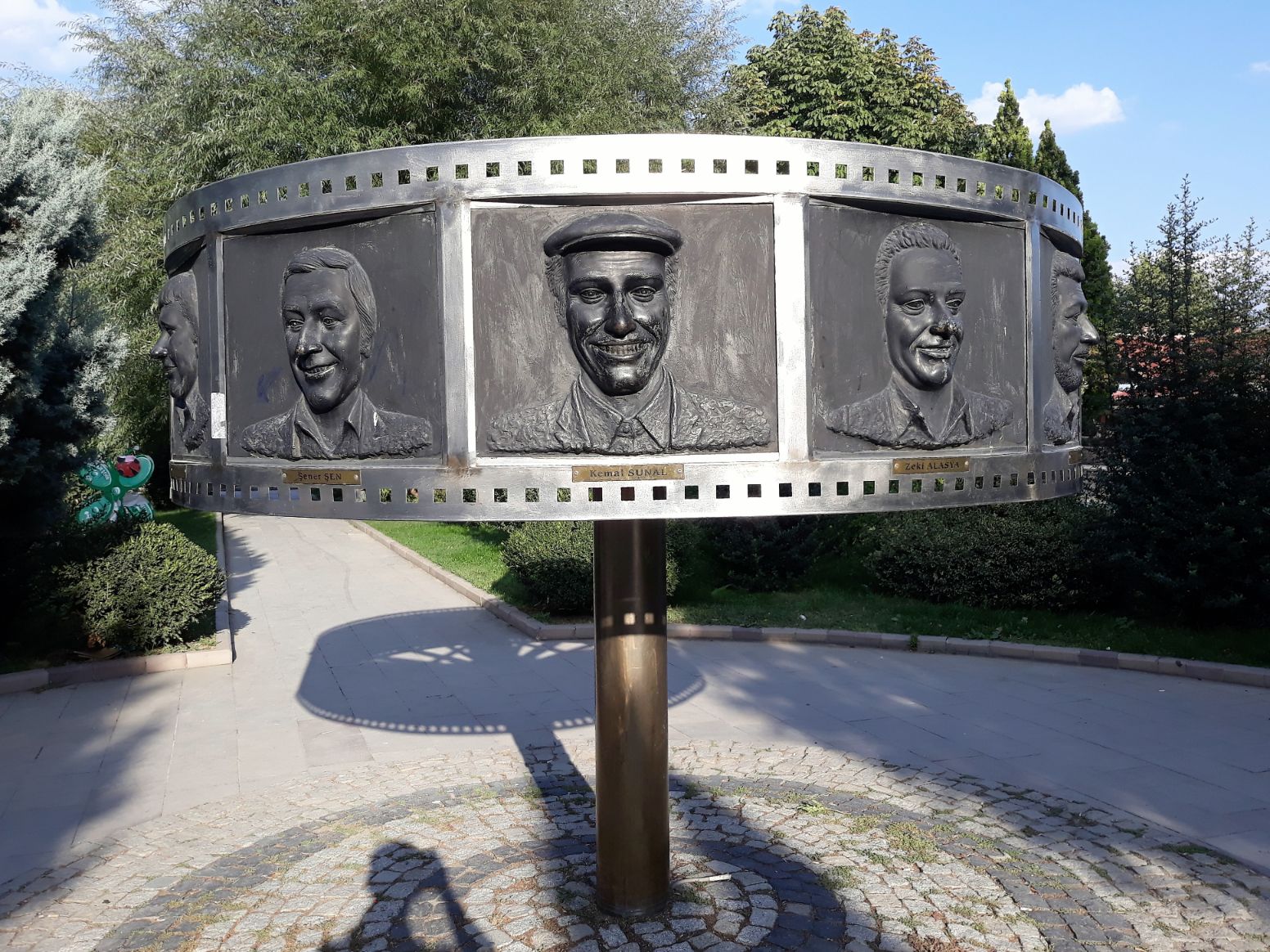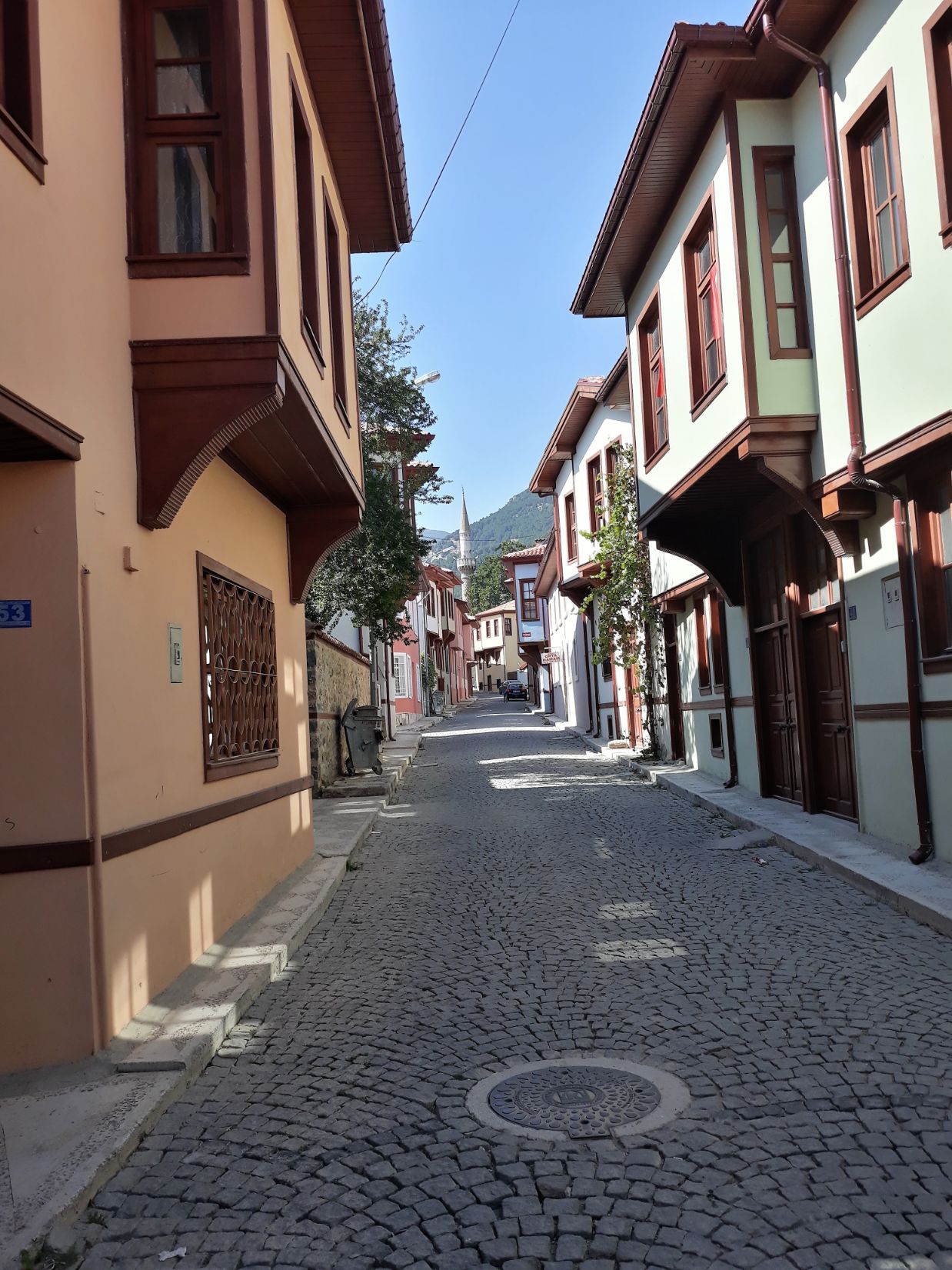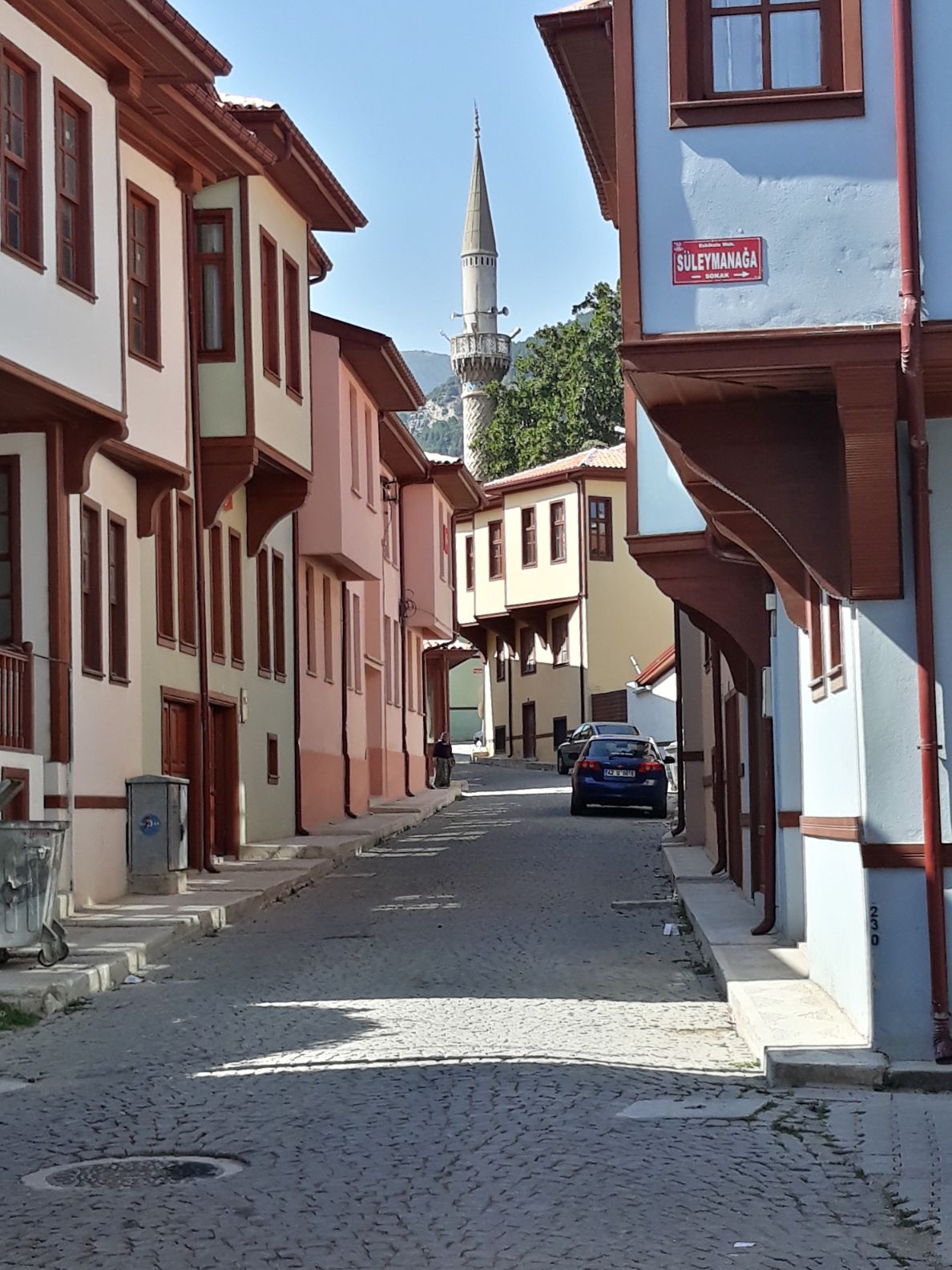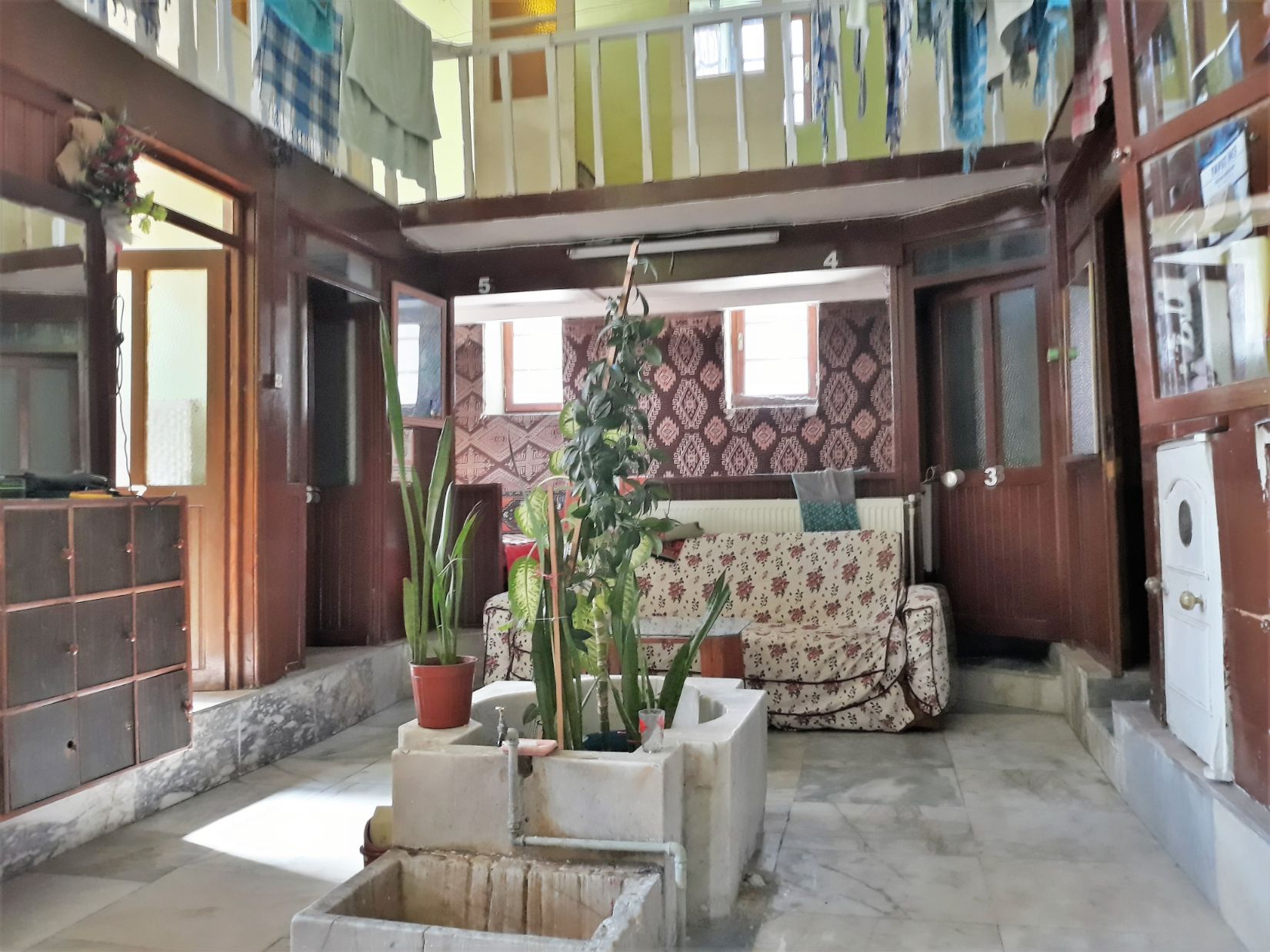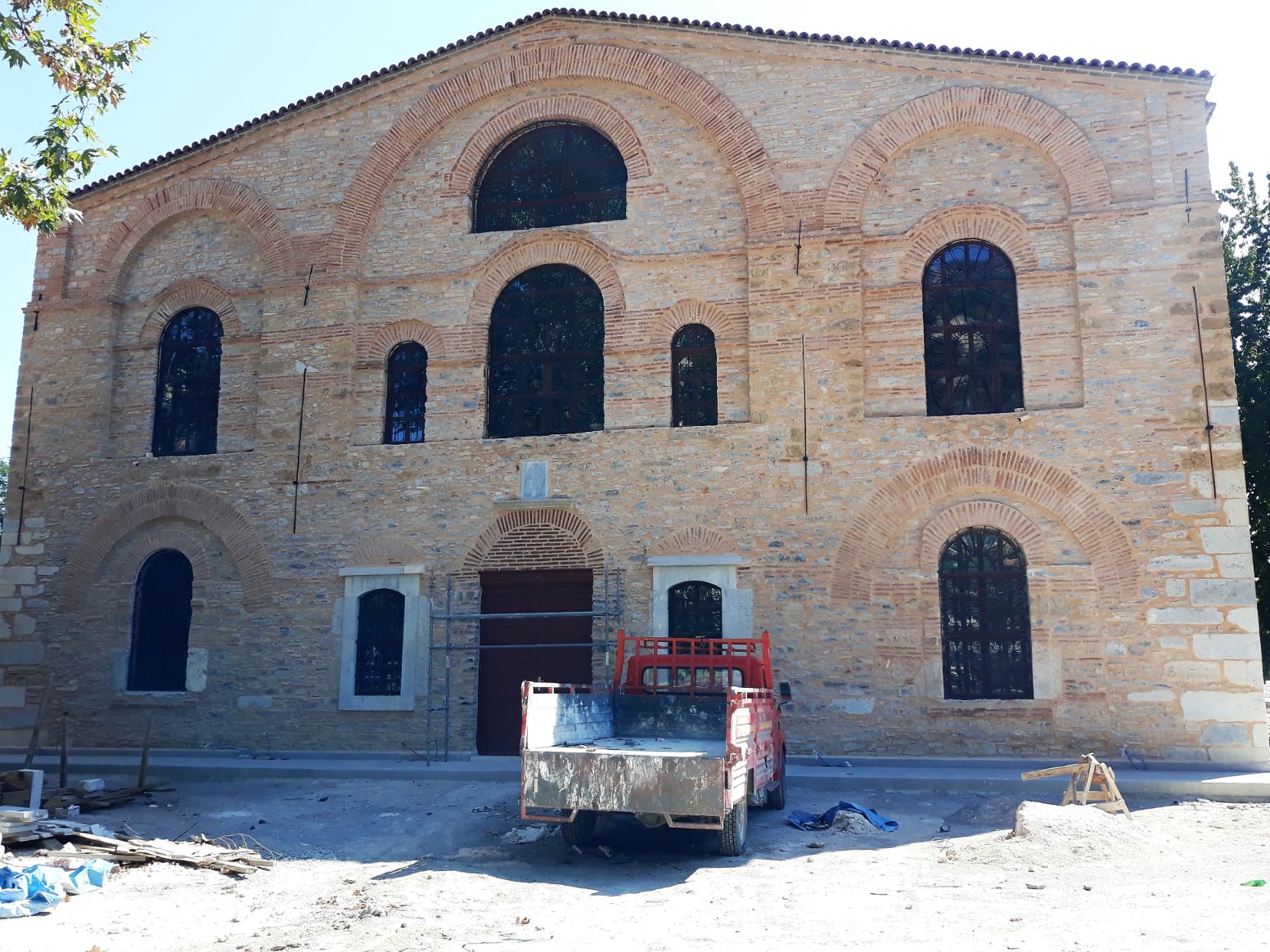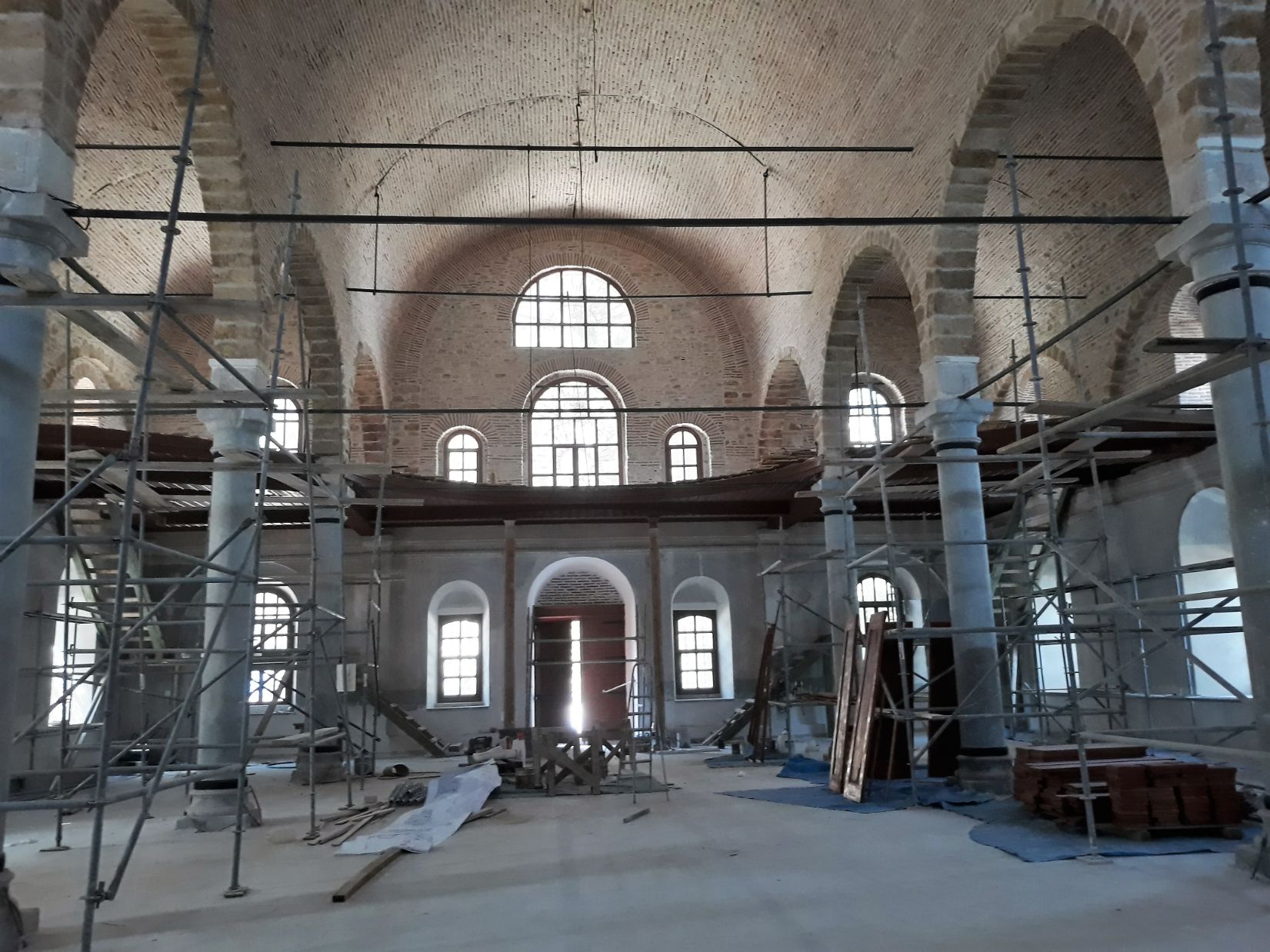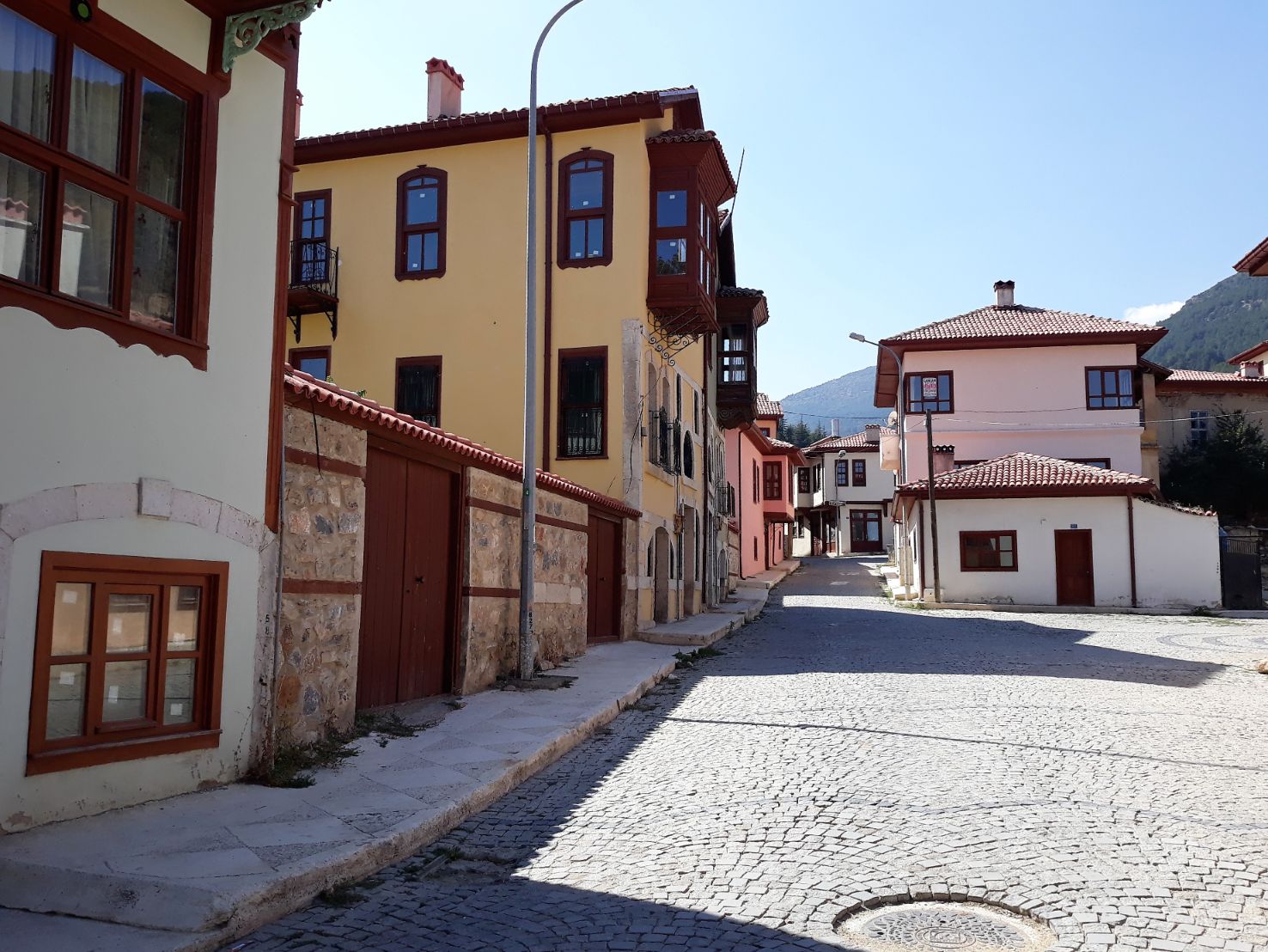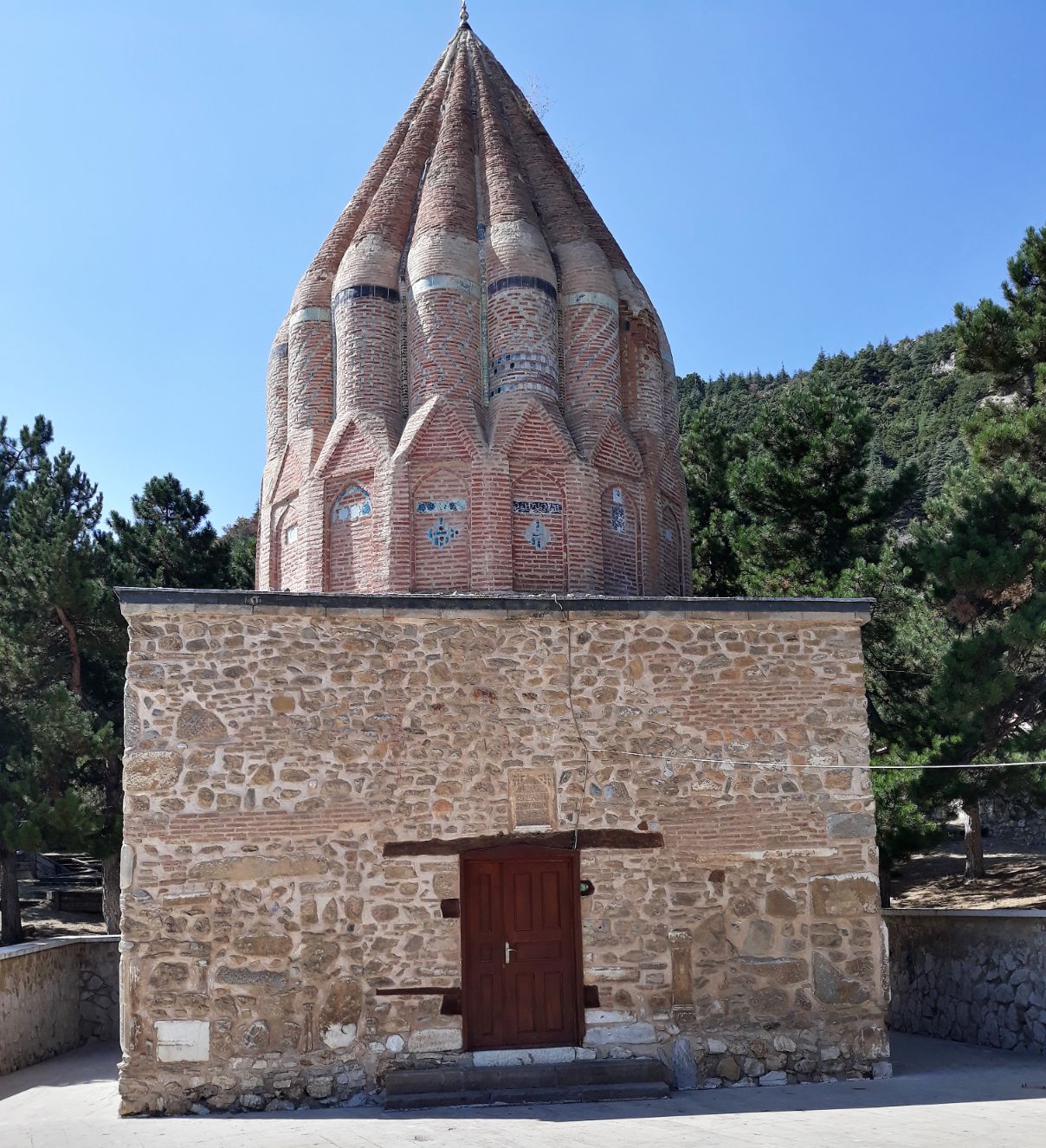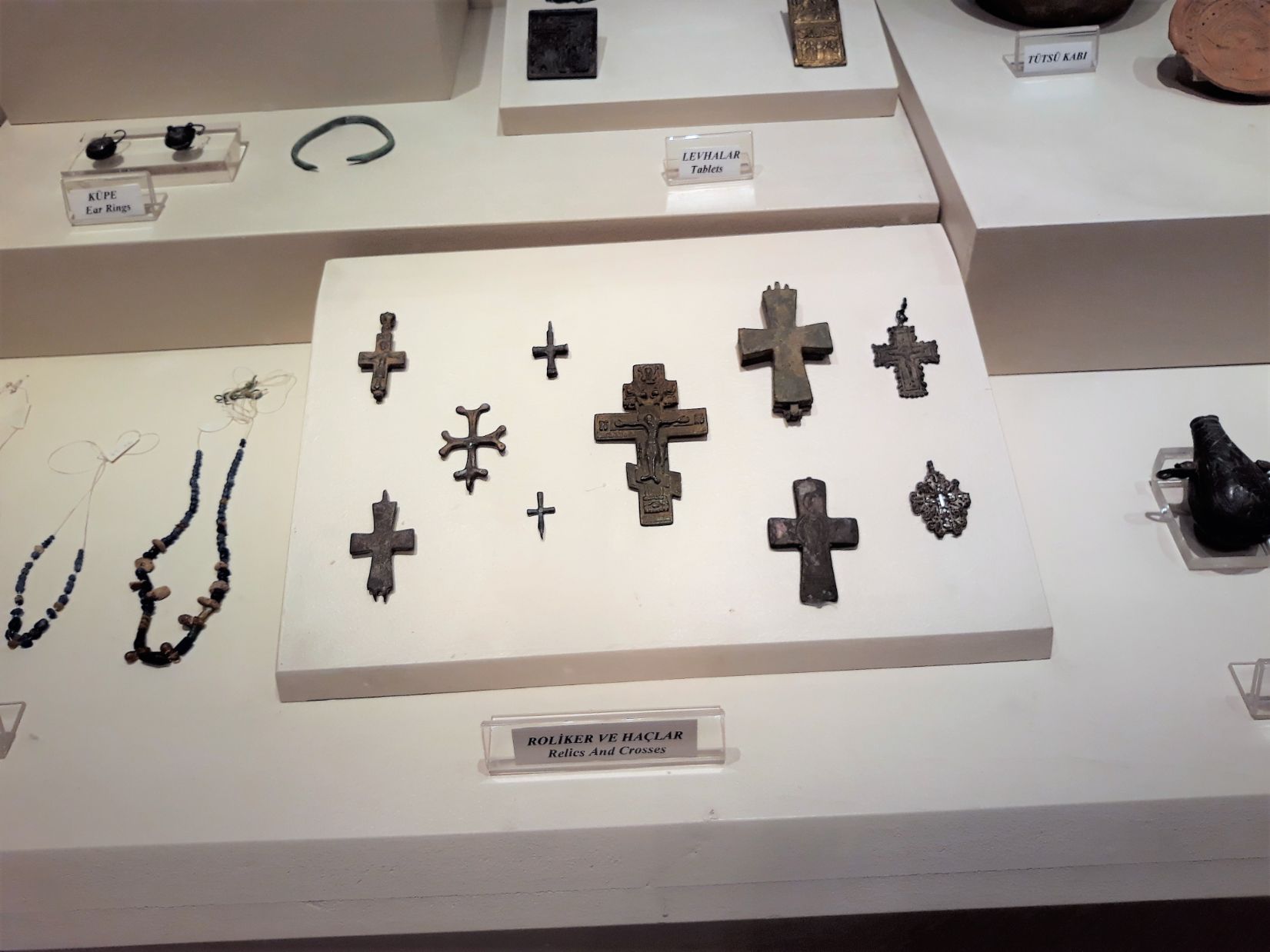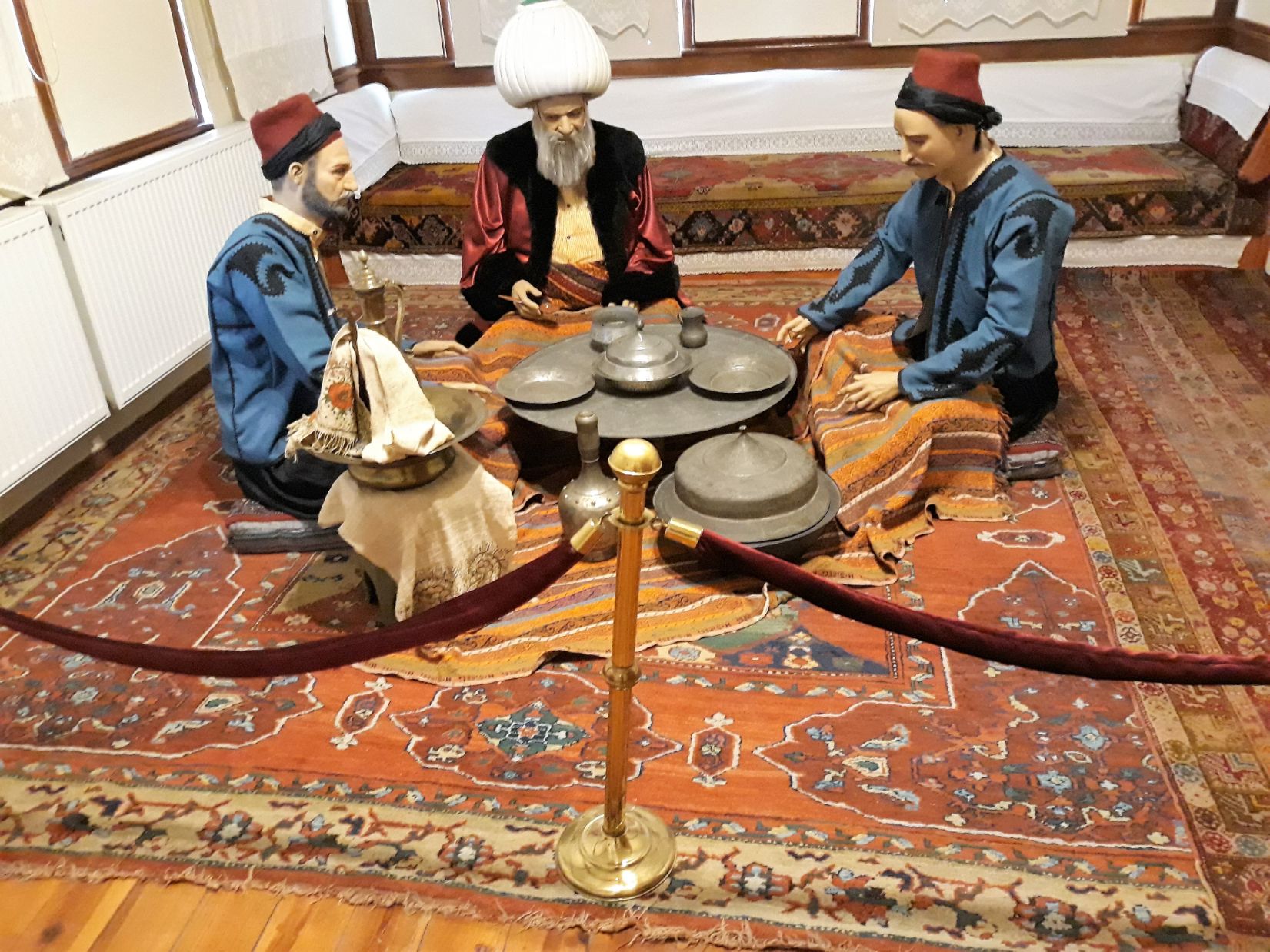Akşehir – 26th to 28th September
Weather: Sunny. Temperature: High 26,26,23 degrees
Aksehir History
The first archaeological findings of Akşehir, which has always been an important settlement, trade and cultural center throughout history, date back to the Neolithic Period. Akşehir’s name was Thymbrion during the Etiler period. Over time, the importance of Akşehir, which remained under the rule of the Lydians, who dominated the Phrygian domination and later in Anatolia, increased even more. The “Road of the Kings” passed through Akşehir. Akşehir was founded by Philomelos, the tyrant of Phrygia in the Hellenistic period. The first settlement area was in the north-west of the present city, on the northern slopes of the Sultan Mountain. The city took the name Philomelium (Honey Lovers) in the Roman period.
Muslim Arabs named the city Belde-i Beyza (White City). The name and fate of the city, which was taken by Kutalmışoğlu Süleyman Shah as a result of the Turkification of Anatolia that started after the Battle of Manzikert, changes after that. It is rumored that one of the rulers who came here in Nehçet-ül Menazil said “Akşehir”, inspired by the blooming trees. Most of the works that Akşehir has today were made during the Seljuk period. During this period, the city prospered and developed. Religious scholars such as Seyyid Mahmud Hayrani and Nimetullah Nahçevani from the provinces of Khorasan immigrated to Akşehir and contributed to the change of the spiritual texture of these lands.
With the collapse of the Seljuk state, first Eşrefoğulları and then Hamitoğulları ruled for a hundred years. From the principalities of the city, only Şeyh Hasan Tomb and tombstones in the village of Marif survive. Akşehir was sold to Murat Hüdavendigar in 1381. When Yıldırım Beyazıt was defeated by Timur in 1402, he was imprisoned in the funeral section of Ferruhşah Masjid. The people, overwhelmed by Timur’s cruelty, seek a way to get rid of the insatiable elephants by resurrecting Nasreddin Hodja. Akşehir, which was captured by Karamanoğulları for a short time during the interregnum, was conquered by Fatih Sultan Mehmet in 1467 and the uninterrupted Ottoman Domination began, which would last until the Republic. Towards the end of the 15th century, the days when tribes from various ethnic and religious backgrounds lived together in peace and brotherhood began.
With the Treaty of Sèvres, Akşehir is occupied by the Italians. Italians settle in houses in Christian quarters. But the days of occupation do not last long. Hearing the gunshots of the Italians shooting at the stork nesting on the plane tree in the courtyard of the Çınaraltı Mosque, the people rush to the street. The occupation forces, who think this is an uprising, leave the city as they gather. However, the total liberation of Anatolia will not be so easy.
The army under the command of Mustafa Kemal will continue the War of Independence with the people in great difficulties. After the Battle of Sakarya, on 18 November 1921, the Western Front Headquarters was transferred to Akşehir. In a period of nine months and ten days, which will last until August 24, 1922, preparations for the offensive are managed from Akşehir, and plans are made here. Troops are placed in Akşehir and its villages. Commander İsmet ( İnönü ) Pasha made the preparations for the “Great Offensive” in Akşehir for 9 months with the orders he received from the Grand National Assembly of Turkey and the Commander-in-Chief Mustafa Kemal Pasha. Akşehir, in a sense, prepares the Great Offensive for birth. The commander of the Western Front, Mirlavi İsmet Bey, stayed in Akşehir all the time. Mustafa Kemal Pasha also comes to the Headquarters many times to check the preparations.
Finally, at the end of August, the decision to attack is made. On the morning of August 24, 1922, the army is ready for action. Prayer is performed, Nasreddin Hodja’s Tomb is visited. Mustafa Kemal’s soldiers are sent off to the front with the applause and prayers of the people of Akşehir.” (Reference: https://www.aksehir.bel.tr/v2/aksehir/tarihimiz/aksehir-tarihi)
26th September
I woke this morning feeling refreshed and relaxed knowing that I had a rest day ahead of me. I felt happy that the wounds caused by my fall had been checked over and redressed by the medics at the Akşehir State Hospital. I enjoyed breakfast in the hotel restaurant and then took a stroll in the streets adjacent to the hotel. It was a pleasant day with temperatures in the mid-twenties and mid-morning I found a cafe in a nearby park and sat beneath the shade of the trees sipping a glass of tea and just watched everyday life in the town. I returned to the hotel and sat in the spacious lobby and started thinking about the route I would take after Akşehir. Initially I considered taking the St Paul Trail, a 500km 27-day way-marked footpath from Yalvac to Perge, 10 km east of Antalya. Yalvac is 41 kilometres from Akşehir on the other side of the Sultan mountains. It looked an appealing route but the downside was the finishing point at Perge would leave me 350 kilometres from the ferry to Cyprus in Taşucu, requiring at least another 10 days walking. The alternative was to continue to Konya and then find a route south from there to Taşucu. Around midday, Haci who had helped me so much yesterday arrived at the hotel and came with me to the opticians where my new spectacles were ready and waiting, less than 24 hours from my visit yesterday and at a cost of 400 Turkish lira (£40). The hotel restaurant located on the top floor with views across the town is excellent and guided by Haci, the restaurant manager, I enjoyed a delicious supper of local food and wine.
27th September
After another late breakfast I stepped out of the hotel to find another warm and sunny day with temperatures similar to yesterday and I took a gentle stroll to visit the Western Front Headquarters Museum:
“After the victory of the Major Battle of Sakarya, the enemy took up a position in the east of Afyon – Eskisehir line. Because of this, the western front headquarters was moved from the village of Alagöz to Aksehir. On the 18th of November 1921 the headquarters moves in to the municipality building in Aksehir and works there until 24th August 1922, the day it moves to the Front. Within this nine and a half months period the Great Offensive preparations were directed from here and the decisions were given here in this building. Meanwhile many times Mustafa Kemal comes to Aksehir inspects the work and directs the preparations. The building was constructed as the municipality building by the mayor Bostan Bey between the years 1904 – 1905. This two-storey building had a stone foundation and the walls were made of brick and lathwork. The front sides of the shops that were on the east and the west sides of the building were covered up and wall panels made showing the pictures of the preparations and of the Grand Offensive by using graffito technique.
This headquarters building which documents the days of hope and struggle, after the movement of the municipality office to another building in 1965, it was donated to the Ministry on the condition that it will be a museum. After a big repair, on 5th July 1966, it was opened to visitors as Atatürk and the ethnographical museum. After the repairs and rearrangements it was renamed to its present name due to original functions of its time.
The administrative section is located in the ground floor of the museum. The top floor still have the original materials from the head quarter days. The room in the south corner is the Atatürk’s study and the place where the Great Offensive decision was taken. The rooms in both sides of this room are the studies of Ismet Inönü and the General Staff Chief Asim Gündüz. The wax statue of Ismet Pasha was placed on the study desk. The room in the northern corner exhibits the gifts given to the Great Leader, belongings used by him and his weapons.
In the other four rooms biographies of officers worked in the headquarters, quotations from the “Speech” panels, photographs, maps, documents and weapons are in exhibit.” Reference ( https://www.ktb.gov.tr/EN-103980/konya—aksehir-western-front-headquarters-museum.html)
Close to lunchtime I returned to the hotel to again consider my onward route from Akşehir and made the decision that I would go to Konya and south from there to Karaman and then over the Taurus mountains via the Sertavul Pass to Silifke and Taşucu for the ferry to Cyprus. As yesterday Haci arrived at the hotel around lunchtime and he kindly invited me to join him for a kebab in his favourite kebab restaurant and I must say it was a great choice.
After lunch I walked to the Gülmece Parkı (Comedy Park) which is dedicated to Nasrettin Hoca who was a medieval comedian and philosopher born in 1208 and who died and was buried in Akşehir in 1284. His stories are in the same sort of bracket as Aesop’s fables, with both child and adult appeal. In the Comedy Park, there are numerous sculptures related to Hoca’s stories. There are also sculptures of other Turkish comedians such as Kemal Sunnal. Like yesterday I had supper in the hotel restaurant and just after I had ordered I was somewhat taken aback when Haci approached with one of the female staff, and whilst introducing her he said “she is in need of a husband can you help!, trying not to show my surprise at such a request I replied, “ Let me take a photo and I will see what I can do”.
28th September.
As I sat at breakfast, looking out across the town from the hotel’s rooftop restaurant, I decided rather reluctantly this would be my last day in Akşehir. So after another good breakfast, I set off to explore the “Old Akşehir ”. Despite a drop in temperature it was still a pleasant day for walking as I made my way to Ulu Mosque Street where the best of the Ottoman era houses can be found. The houses were in wonderful condition as a result of a Street Renovation Project undertaken by the Akşehir Municipality and reminded me of the Odunpzarı district in Eskişehir. As I continued the walk with the beautiful minaret of the Çınaraltı Mosque standing tall at the end of the street, I came to the historic Orta Haman and took the opportunity to experience a Turkish bath in an environment that has changed little since the Ottoman era and I thoroughly enjoyed the experience. Feeling fresh and revived I continued past the Çınaraltı Mosque to the edge of town with its open views to the Sultan mountains and here I found the historic Armenian, Surp Yerortutyun (Holy Trinity) Church which had been built in 1859 by the Armenian community that lived in Akşehir before 1915. The church was undergoing restoration to create a cultural centre and be renamed as the “World’s Masters of Humour Art House”. From the Armenian church, I visited the Tomb of Sayyid Mahmut Hayrani, the teacher of Nasreddin Hodja. The tomb was originally built inside the now destroyed Akşehir Castle at the foot of the Sultan mountains in 1268.
On the way back to the hotel I met the keeper of the Nasrettin Hoca Archaeology and Ethnography Museum which is housed in the Rüstü Bey Konağı. He invited me into the museum and showed me the various items and coins from the Neolithic Chalcolithic era, Bronze and Iron Ages, Classical antiquity, Roman and Byzantine periods, including a delightful hexagonal wooden box that once contained a Bible. He then took me to the rooms related to Nasrettin Hoca including one of him dining with friends, and another room that commemorates the dying tradition of yarenlik whereby men would gather in each other’s homes in turn to talk and amuse themselves.
On returning to the hotel Haci was having lunch in the lobby with two other members of staff and they invited me to join them and we sat chatting over lunch about Akşehir and also my onward journey to Jerusalem, including a discussion about Christianity and Islam and when I suggested our religious beliefs were a circumstance of a place of our birth, Haci replied: “Well you can always change”. He also told me about the meaning of Akşehir which translates as the White City, named because of the cherry blossom that blooms in spring. He said “Akşehir cherries are renowned throughout the world because of their sweetness and are a favourite of your Queen”
